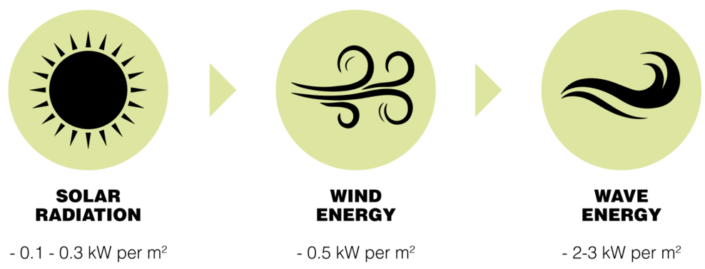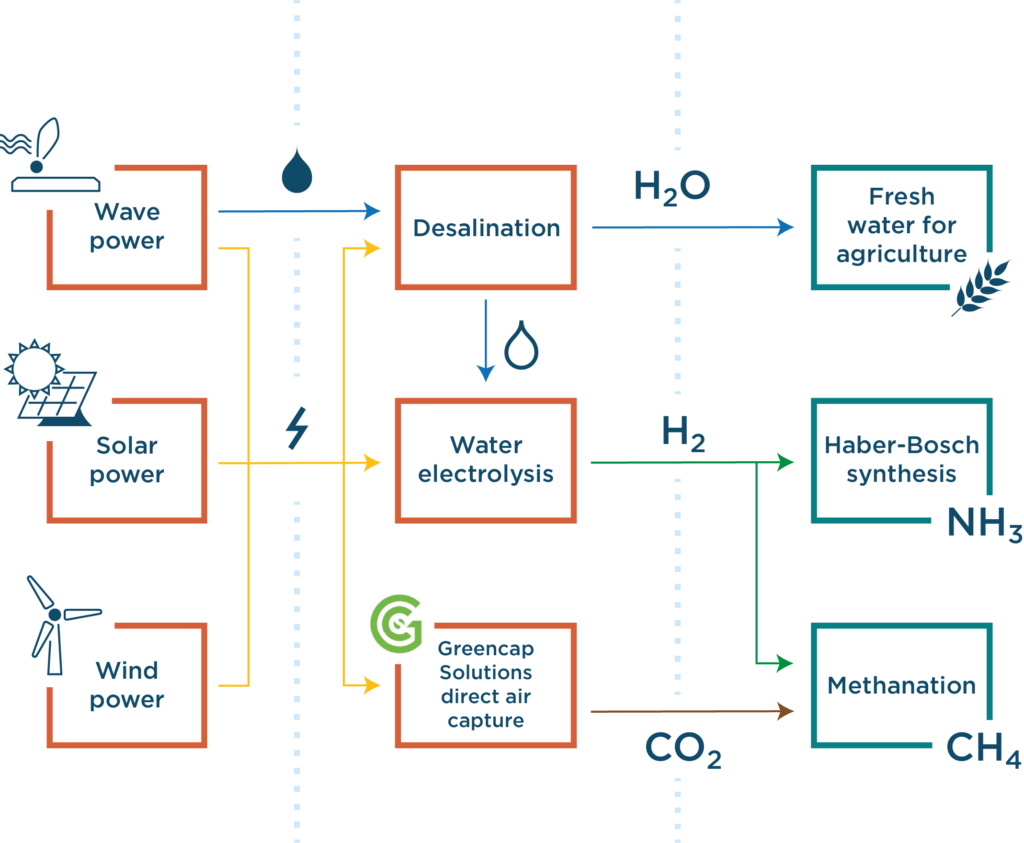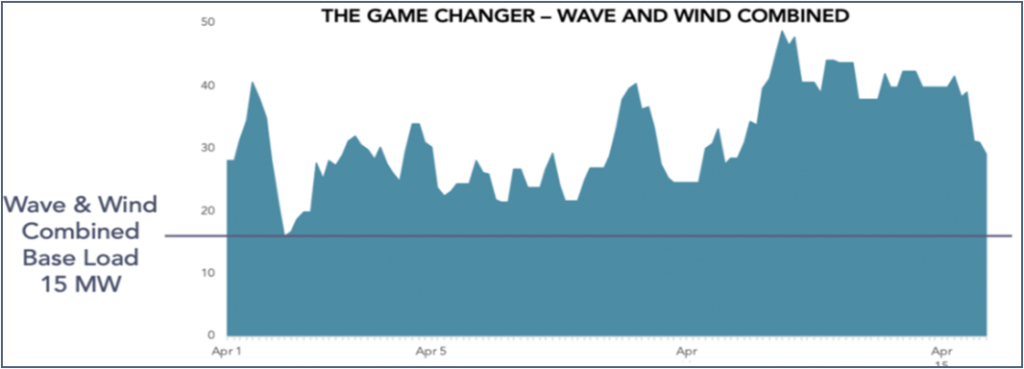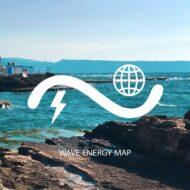
–
–
Green hydrogen can become the fuel of the future, for land, sea and air transportation, for electricity generation, heating and industrial uses such as iron and steel production.
Green hydrogen it is the hydrogen produced by a renewable energy source, which does not emit any carbon dioxide during its production, unlike gray hydrogen, which is produced 100% by fossil fuels, and blue hydrogen, which cause also CO2 emissions.
Mauritania has taken several steps to reach net zero carbon dioxide emissions and to take advantage of the great potential of renewable energies, despite the confirmed discoveries of large natural gas reserves off the coast of the country. This did not prevent the government from seeking to develop the field of renewable energies. To develop the largest green hydrogen production project in the world with a total capacity of 40 Giga Watts.
The Government of Mauritania, through the Ministry of Petroleum, Mines & Energy has signed tow memorandum of understanding:
.1 AMAN Project, the 4 November 2021, with “CWP global “.
AMAN Project which at full scale comprise around 30GW of hybrid wind and solar energy to realize annual production of green hydrogen for 10 million tones of green energy a year.
https://www.cwp.global/wp-content/uploads/2021/11/The-Glasgow-Joint-Declaration-1.pdf
.2 NOUR Project, the 28 September 2021, with “Chariot Limited”.
Up to 10GW of green Hydrogen, Project NOUR has exclusivity over an onshore and offshore area totaling ca. 14,400 km2 to carry out studies with the intention of generating electricity from solar & wind to be used in electrolysis to split water to produce green hydrogen and oxygen.
–
–
As we have noted, these agreements depend on the production of green hydrogen by solar and wind energy, but can wave energy increase the productivity and effectiveness of green hydrogen production if it is combined with solar and wind energy?
Mauritania has one of the most sunny regions in the world and also has regions with strong and continuous winds for most times of the year, but the sun is available for 3000 hours per year and the wind for 4000 hours per year, while the waves are available for 8760 hours per year, It is because waves are almost always in motion. Although there are ebbs and tides, the average motion always remains. Thus, energy can be harnessed continuously.
Wave energy also has a greater density, as it needs less space to produce the same amount of electricity as for solar energy and wind energy , wave power has far greater energy density than wind or solar. It generates up to 24-70 kW per meter of wave, with peak near-shore power ranging from 40-50 kW per meter.

–
Backup Power System
Projects of this size, the “Nour” project and the “Aman” project to generate electricity using wind and solar energy, will need a huge battery storage capacity or integrate a fossil fuel-powered plant to feed the grid, in case the wind and the sun stop generating electricity.
Lead-acid batteries only last about 700 cycles. To efficiently store energy on the grid, batteries must endure 10,000 to 18,000 cycles, solar battery units last anywhere between 5 and 15 years, In addition to the harmful waste left by lithium batteries and lead-acid batteries.
As for backup generators, which operate on diesel, propane, or gasoline, if it enters the hydrogen production, the hydrogen will not be called anyway “green hydrogen”.
While some wave energy converter can be operating for more than 40 years without the need to changing any of the main parts of the device.

–
The biggest challenge remains the high cost of electricity produced by waves compared to other sources, but if we take into account the advantages that are characterized by wave energy, continuity and high density, the problem of the high cost of electricity production will be overcome, by spreading the use of wave energy on a large scale, and combined it with the sun and wind, this will increase the stability of the system and increase the efficiency



–
–
Conclusion:
Large scale stable marine energy is needed, combined with wind and solar, to make the Global Goals achievable.
–
Related topics

